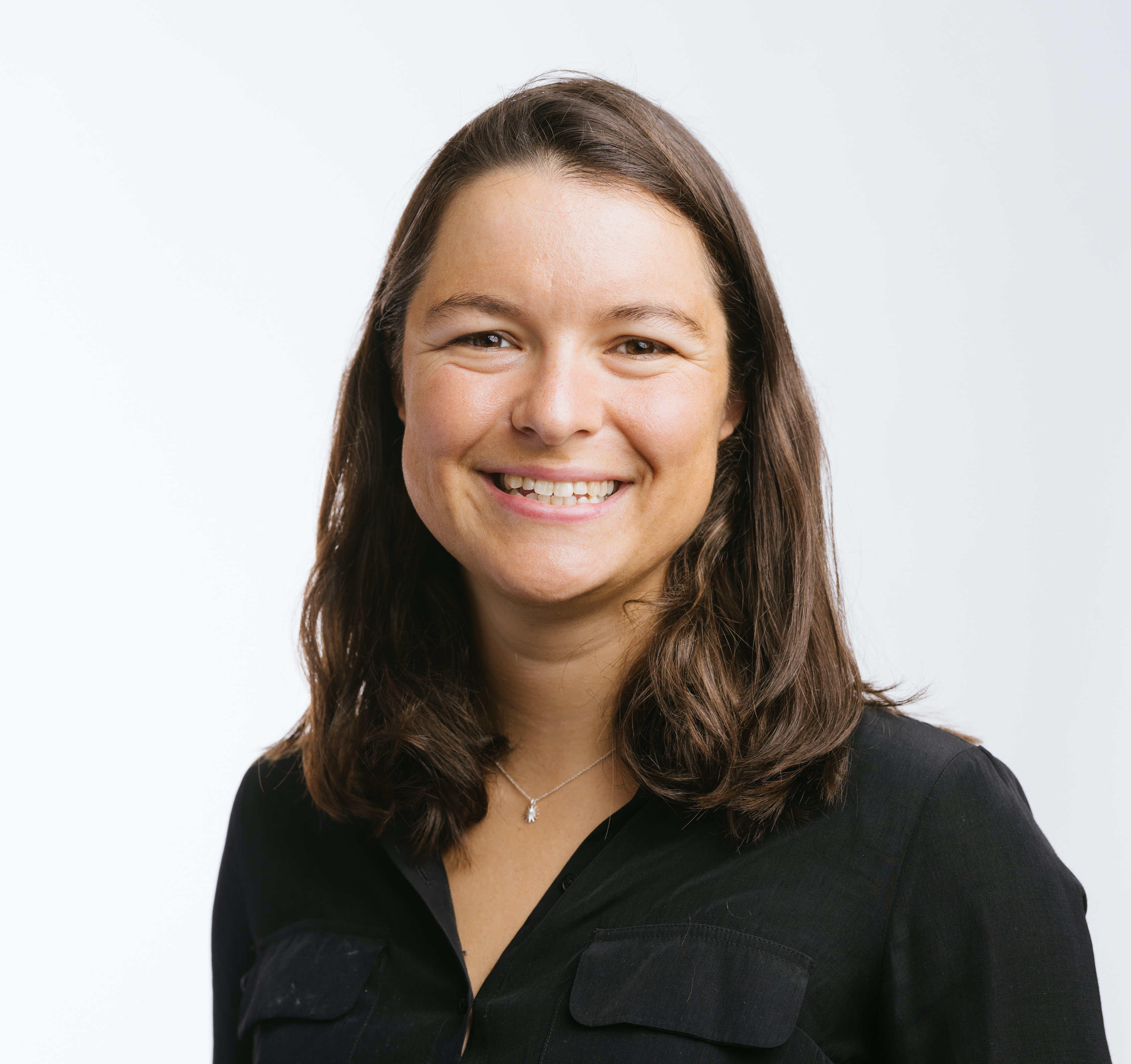|
I am an Assistant Professor in Computer Science and Electrical Engineering at Stanford University and co-founder of Pi. My lab, IRIS, studies intelligence through robotic interaction at scale, and is affiliated with SAIL and the ML Group. I am interested in the capability of robots and other agents to develop broadly intelligent behavior through learning and interaction. Previously, I completed my Ph.D. in computer science at UC Berkeley and my B.S. in electrical engineering and computer science at MIT. I also spent time at Google as part of the Google Brain team. Prospective students and post-docs, please see this page.CV / Bio / PhD Thesis / Google Scholar / Twitter / IRIS Lab |

|
|
See our lab website for up-to-date news.
|
|
Robotics Focused Talk (November 2022) Machine Learning Focused Talk (June 2022) |
|
See this page for a list of lab members. |
|
|
- Lecture videos for the Fall 2021 edition of CS330 are available online here.
- In Fall 2019, I taught a new course on deep multi-task and meta learning. Lecture videos are available here.
- At ICML 2019 and CVPR 2019, I gave an invited tutorial on Meta-Learning: from Few-Shot Learning to Rapid Reinforcement Learning. Slides, video, and references are linked here.
- In December 2018, I gave a tutorial on model-based reinforcement learning at the CIFAR LMB program meeting (slides here).
- At ICML 2017, I gave a tutorial with Sergey Levine on Deep Reinforcement Learning, Decision Making, and Control (slides here, video here).
- In August 2017, I gave guest lectures on model-based reinforcement learning and inverse reinforcement learning at the Deep RL Bootcamp (slides here and here, videos here and here).
- In Spring 2017, I co-taught a course on deep reinforcement learning at UC Berkeley. All lecture video and slides are available here.
|
|